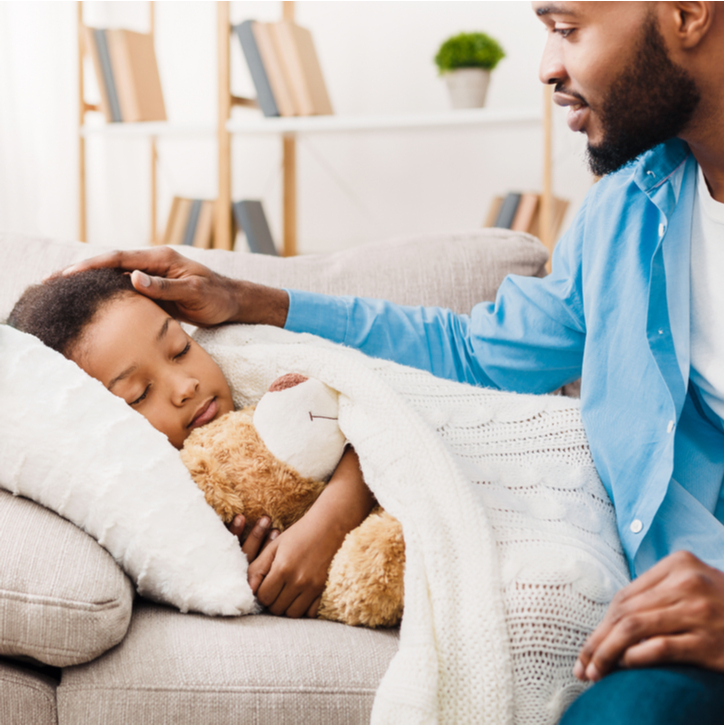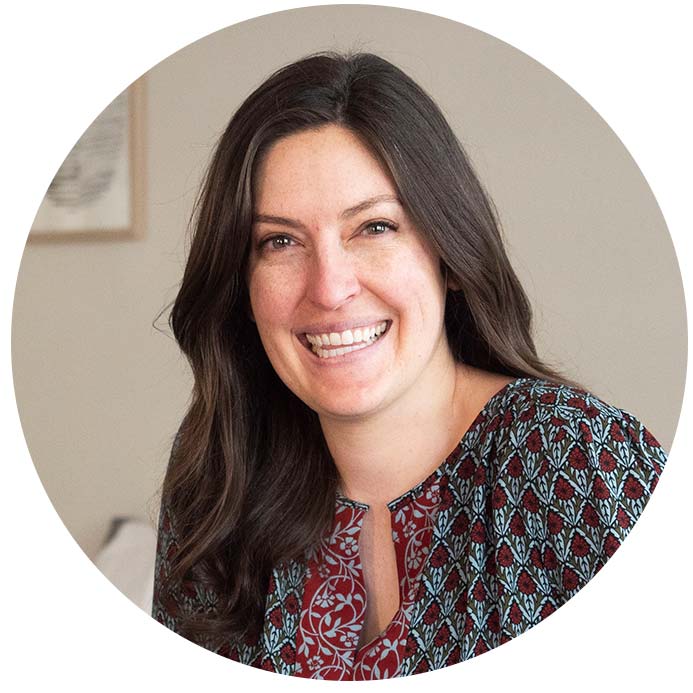Preschool-aged children who watch more than an hour’s worth of television a day get notably less sleep than those who don’t watch, suggests research from the University of Massachusetts at Amherst.
The study, which was published in Sleep Health, the journal of the National Sleep Foundation, monitored the sleep quality and sleep quantity of 470 preschoolers aged two to five in Western Massachusetts.
The study authors also found that over 35% of the young participants had televisions in their bedrooms and nearly one-third of that group fell asleep watching television at night.
“I am not surprised that TV is bad for sleep,” lead researcher and neuroscientist Rebecca Spencer told Mattress Clarity. She also pointed to previous studies that studied this in both adults and children.

Preschoolers, TV, And Sleep
The preschool-aged children wore actigraphs, also known as wearable sleep tracking devices. Their parents or caregivers were asked to complete questionnaires about the children’s demographics, health, and television usage.
The published study highlighted three “key” findings:
- Television use. Participants who watched less than an hour of television a day slept roughly 22 minutes longer than those who watched more than one hour.
- Television in the bedroom. Children who had televisions in their bedroom slept, on average, 30 minutes less per day than students who had no television in their bedrooms.
- Naps. Students with televisions in their bedrooms slept longer during naps but had a shorter length of total sleep during the day.
Spencer told us that some findings stood out for her. She said she was surprised that more than 30% of participants had televisions in their rooms. She also pointed out that more than half of the participants were watching more than the recommended amount of television for their age. This percentage climbed to more than 80% on weekends.
Dr. Noorjahan Ali, a pediatrician at Advanced Pediatric Care who is unaffiliated with the study, told us the report seemed valid. She said that previous studies have indicated events like watching television are stimulating to the brain before bedtime, even in adults.
Related: A Parents’ Guide To Helping Children Sleep
“It would have been helpful to have the duration of time of watching TV and the proximity to bedtime recorded,” she told us when we connected via email.
Ali said she recommends no more than 20-minute intervals of screen time, for a total of one hour of interactive screen time per day. She also says to stop screen time no less than 60 minutes prior to bedtime, including television, games, and video chatting.
While this study focused specifically on television use, in the future Spencer and her team plan to look at how sleep in this particular age group is affected by handheld screens and other modern media devices.
“We think the landscape is different with handheld devices — parents can take them away (you can’t remove the TV) and although parents might not be great at that, our observation is they do,” Spencer told us. “They may still have ill effects (light, stimulation) but hopefully not as close to bed, and we find the content to be more kid-oriented. We need more data, however.”
[Editor’s Note: The content provided on this site is for general informational purposes only. Any information provided is not a substitute for professional medical advice. We encourage individuals to consult with the appropriate health expert if they have concerns.]
Featured image: Morrowind/Shutterstock

